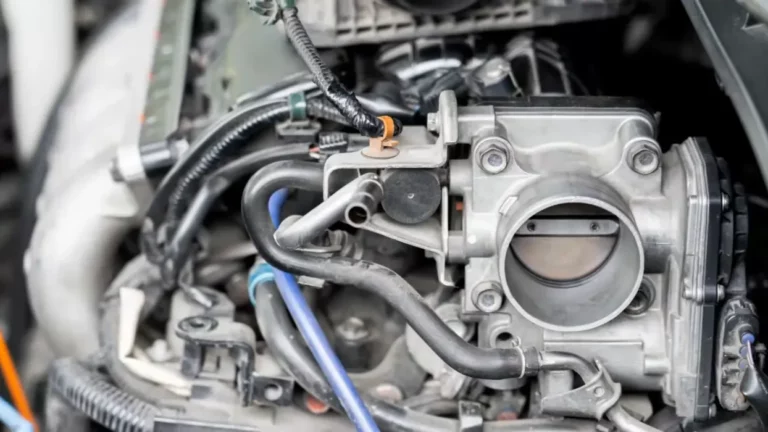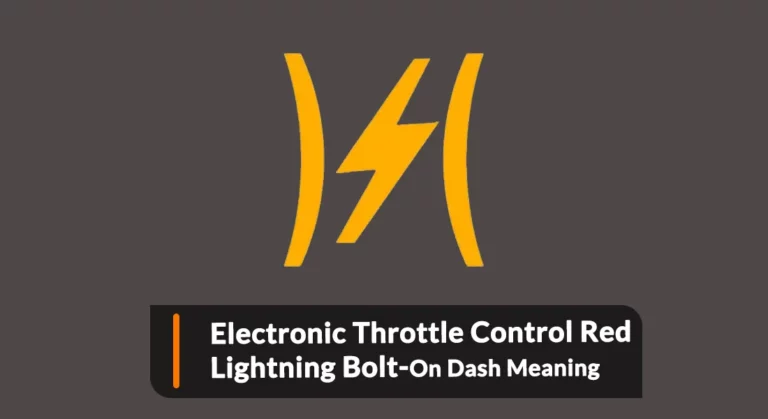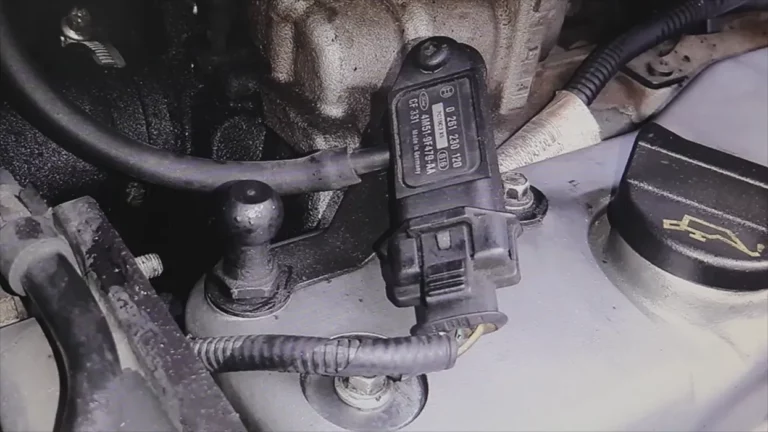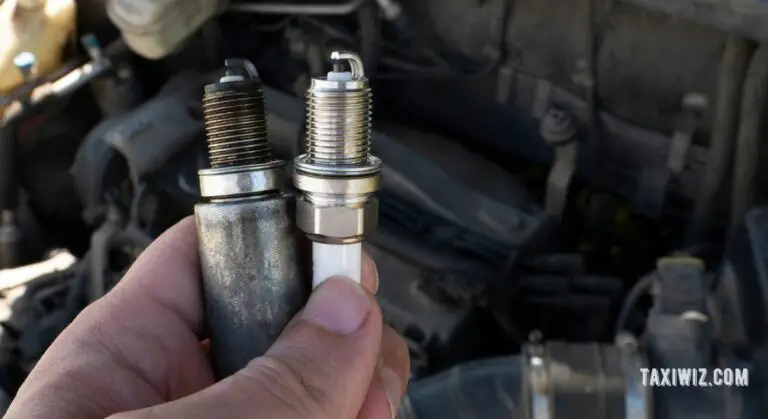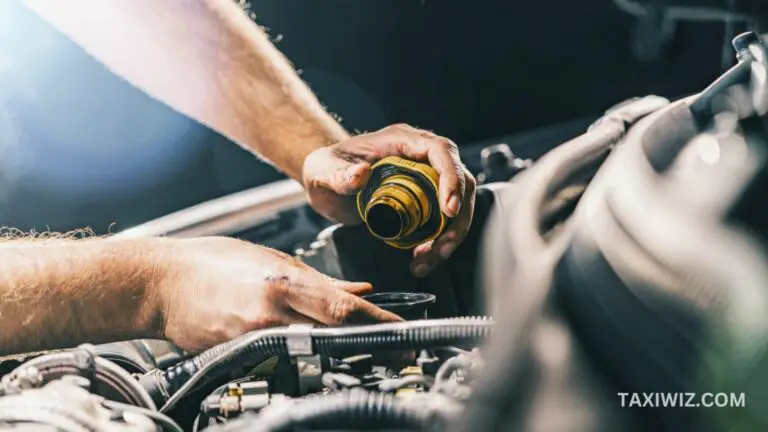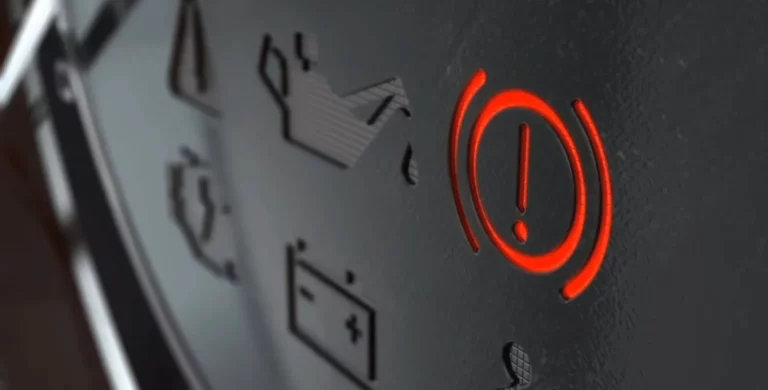Exploring The Impact Uf EPS On Car Safety & Performance
Remember the good old days of traditional hydraulic power steering systems? Those are long gone as EPS has successfully taken over modern automobiles. It has revolutionized vehicle control like Donald Trump revolutionized the color orange!
With an EPS on car at your side, you effortlessly glide through the corners seamlessly. It’s as if your hands were meant to connect with the road. That’s the magic of EPS – it enhances your control over the car, making for a responsive and precise driving experience.
But it doesn’t stop here, there’s more! So rev up your engines and buckle up as we delve into a captivating journey exploring the crucial role of EPS (Electric Power Steering) in your car.
EPS on Car – Quick Summary
Unlike the hydraulic system, EPS does not use mechanical or hydraulic power to assist steering. Instead, an electric motor provides the required power assistance.

In EPS, a sensor senses steering input from the driver and provides signals to the electronic control unit (ECU). In turn, the ECU changes the amount of steering assistance required and directs the electric motor to generate the required torque. This is called the torque sensor.
The electric motor is linked to the steering gear. It assists the driver’s input by increasing or decreasing steering effort.
The entire procedure is rapid, efficient, and responsive. It results in a more regulated and smoother driving experience.
What Are the Main Components of an EPS On Car?
The Electric Power Steering (EPS) system in a car consists of several key components. These components work together to provide efficient and responsive steering assistance. Let’s explore the main components of an EPS system:
Steering Wheel:
The steering wheel is the primary input device. Through the steering wheel, the driver controls the direction of the vehicle.
It is connected to a steering column. This is responsible for transferring the driver’s steering inputs to the EPS system.
Torque Sensor:
The torque sensor is typically located in the steering column or the steering gear. It measures the amount of force or torque applied by the driver to the steering wheel.
Electronic Control Unit (ECU):
The ECU is the brain of the EPS system. It receives input signals from the torque sensor and other sensors, (such as vehicle speed sensors and steering angle sensors).
Based on these inputs, the ECU calculates the appropriate amount of steering assistance needed and sends commands to the electric motor.
Electric Motor:
The electric motor commands from the ECU and generates the necessary torque to assist the driver’s steering inputs.
Reduction Gear:
The reduction gear, also known as the gear assembly, is responsible for reducing the rotational speed of the electric motor while increasing the torque output.
Steering Gear or Rack and Pinion:
The steering gear, or rack and pinion, is responsible for translating the rotational movement of the steering wheel into linear motion that moves the wheels.
Power Supply:
The EPS system requires a power supply to operate the electric motor and other electronic components.
In most cases, the power is supplied by the vehicle’s electrical system or a dedicated EPS power supply unit.
How Does EPS on Car Impact The Driving Experience In Different Road Conditions?
The EPS gives an advantage in congested road conditions, like that of busier cities. It helps to maneuver through tight spaces, parallel park, or make sharp turns.
EPS helps to keep the vehicle on course by delivering suitable steering assistance based on vehicle speed and driver inputs. EPS systems frequently include a speed-sensitive capability.
This allows for lighter steering at low speeds, simpler handling and progressively increasing resistance as speed increases. Which improves stability and control. In short, great for highway driving.
EPS can adjust to the uneven surface and provide ideal assistance in off-road or rough terrain driving circumstances. This compensates for the variable resistance faced during off-road driving. EPS reduces steering effort and enhances wheel control, making it easier to handle difficult terrain.
Moreover, EPS helps to increase safety and stability on wet or slick roads. These are the advantages of an EPS over traditional HPS.
What Are the Advantages of EPS Over Traditional Hydraulic Power Steering?
EPS is safer because it deactivates after a set speed (60km/h in Maruti vehicles). HPS in the past continued to function even after a certain speed limit. This could be dangerous because twisting the steering wheel even slightly can cause the car to oversteer.
But nowadays most cars have Speed-sensitive HPS which varies the amount of assistance depending on the speed of the vehicle
Because HPS is servo-driven, the oil level must be maintained for improved steering sensation. EPS does not need this. However, the motor must be examined regularly.
HPS can be utilized on vehicles of various sizes. However, EPS is typically limited to compact cars. But, EPS vehicles should have improved fuel economy because the engine exerts no or little effort.
EPS in Energy Conservation And Reduced Emissions
EPS eliminates the need for constant power steering fluid circulation and the energy consumption associated with hydraulic pumps. Instead, EPS uses less energy-intensive electric motors. It improves overall efficiency and cuts down on fuel use.
As the engine no longer needs to power a hydraulic pump, EPS lessens the weight on it. Lower fuel consumption and higher fuel economy come from this reduced engine load.
EPS systems can work in perfect harmony with start-stop systems. This automatically turns off the engine when the car stops and restarts it as needed.
Moreover, the engines are lighter. Vehicle fuel economy is increased and emissions are reduced as a result of the lighter weight.
Electro-Hydraulic Steering Systems – A New Alternative to EPS
The advantages of both hydraulic and electric power steering technologies are combined in electro-hydraulic power steering (EHPS) systems. These systems use an electric motor in addition to hydraulic power support for improved efficiency and control.
Depending on the speed of the vehicle, EHPS systems can modify the amount of power assistance. EHPS offers more assistance at low speeds. Such as those encountered when parking or maneuvering, to lessen steering effort.
The assistance gradually decreases as you increase the speed. It enhances stability and road sense. Additionally, advanced control algorithms are used by EHPS systems to optimize steering assistance.
This is based on variables like vehicle speed, steering angle, and road conditions. These algorithms improve responsiveness, safety, and overall performance. EHPS systems function with the use of both an electric motor and hydraulic pressure.
It enables better fuel efficiency, safety, and steering control.
EPS on Car – FAQs
Are all cars equipped with EPS systems?
No, not all cars are equipped with EPS systems. Some older car models and certain specialty vehicles still use hydraulic power steering systems.
Can EPS systems be retrofitted into older car models?
Yes, in some cases. But it largely depends on the specific vehicle and its compatibility with the retrofitting process.
Are there any maintenance requirements for EPS systems?
Checking the power steering fluid level (if applicable), inspecting the system for leaks or damage, and ensuring the electrical connections are secure are minimal requirements.
Can I still steer my car if the EPS system fails?
Yes, but it will require more physical effort.
How long does an EPS system typically last before needing replacement?
Generally, EPS systems are designed to last for the lifetime of the vehicle. But it may fail due to various reasons.
How to check for recalls or known issues with EPS systems?
Check for any recalls or technical service bulletins (TSBs) related to your specific vehicle.

